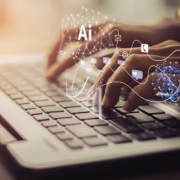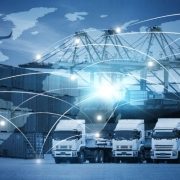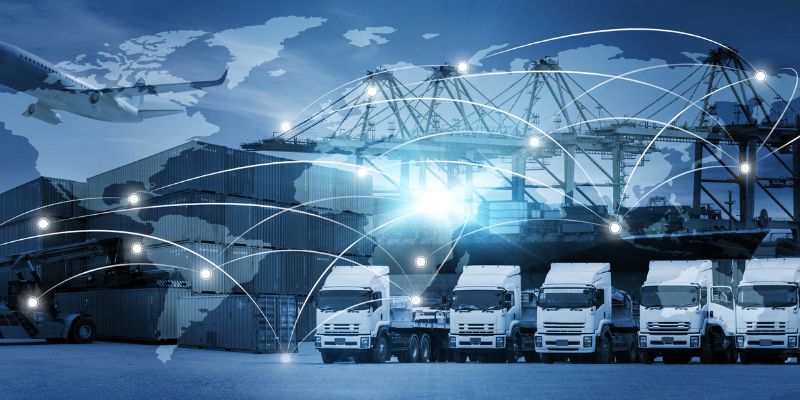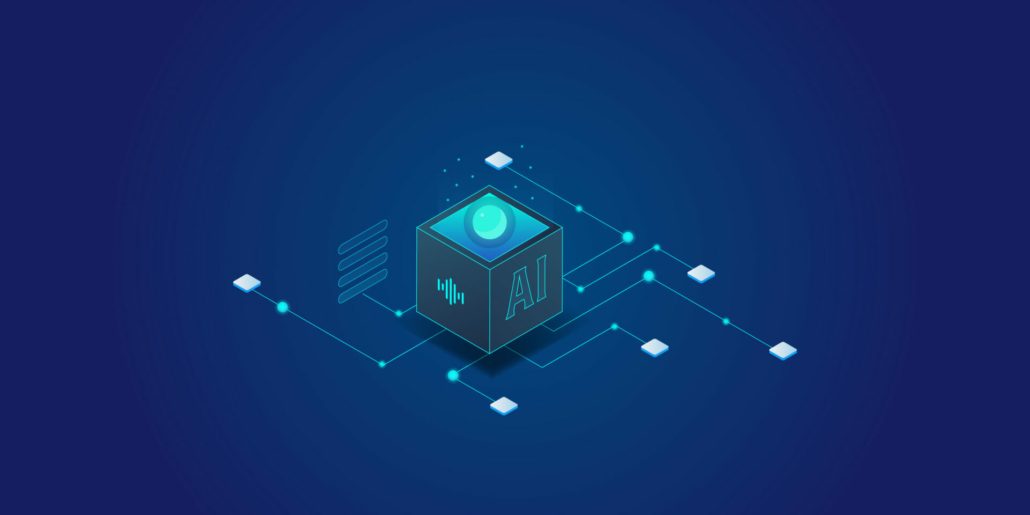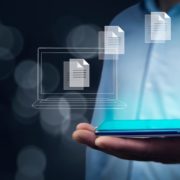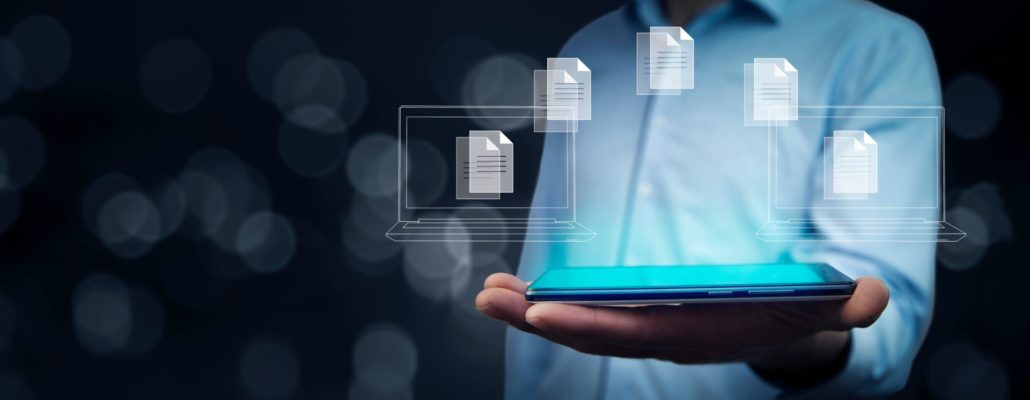
Written by: Xavier Lluch i Oms, Consultant in Transportation, Logistics & Information Systems & Professor at the Escola Europea
For many years now, companies and all kind of organisations have improved their information circuits by mechanising, or computerising, etc.
Progress, so far, has been implanted inside the organisations, facilitating the transfer of information between different departments. Commercial departments, operations (transport-warehouse, etc.), and administration, among others are but some examples. In this aspect, applications have evolved from the first ones that comprised a single function (billing, accounting …) to those that seek to solve communication problems holistically for the entire company. Commonly known as “Enterprise Resource Planning” (ERP) , the different existing ERPs compete amongst themselves, but their goal is always to solve the question of information circuits inside the companies. ERPs are solving the need to re-enter data between different departments or functions of the companies above all.
There have been attempts to resolve communications between companies, but they have always been limited to specific business partners. Companies can exchange data but can hardly do so with other commercial partners in general as each connection requires specific agreements. Nevertheless, there are exceptions, such as:
- Port Community Systems
- Various initiatives fostered in the maritime world, especially between shipping companies and administrations, within the framework of the “maritime single window environment” (SWE).
- Some communication subsystems such as the “Automated Identification System” (AIS) used in maritime navigation.
- Some initiatives in the air world, thanks to IATA standards
- The contracting platforms or loading exchanges, although each one with its own communication standards.
- The electronic invoice, to the extent that it has been imposed by public administrations.
All these attempts have not progressed further. This was partly due to the power limitations of data management, but above all due to the lack of complete standardization; making it so that each implementation requires either a manual link or a complicated series of steps of adjusting communications.
In recent years the landscape has begun to change with the EU initiative to constitute the Data Transport and Logistics Forum (DTLF), a true standardization working group, which has set up the conditions for the promulgation of the (Electronic Freight Transport Information) eFTI regulation in 2020.
The implementation of the eFTI regulation (EU) 2020/1056/ is a significant step towards the use of digital exchanges of information in the transport sector. We may be on the verge of a radical change in communication, similar to the introduction of the ISO TC 104 standard in 1961, which opened the gate to the universal use of containers in the transport industry.
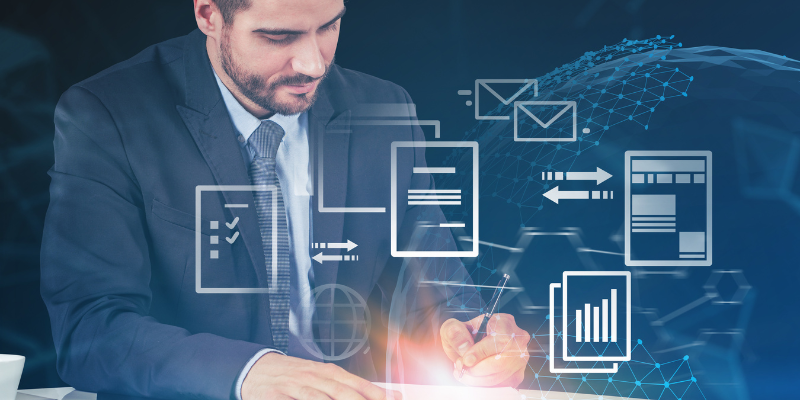
The possibility of having standards and an operational architecture within the E.U. creates an enormous playing field. We can now replace paper with the cloud to support or store transport data, and consequently we shall no longer talk about transport documents but about datasets. At the same time, the possibility to access a much larger market database more efficiently opens infinite new possibilities to organise transports and new business models.
Electronic transport documents within the EU will become widely used and will save a lot of costs, and the increased added value in operations opens a new conception of transport flows.
ERPs will become less significant, (as we will no longer talk about invoicing or accounting programmes ). The new question will focus not on how we enter data but how we manage it. New business models will appear, based on the possibilities of accessing large amounts of data and organising operations more efficiently.
The speed of adoption of changes depends largely on the attitude of public administrations, which set the rules of the game between companies. But the process is unstoppable and countries that do not follow them will lose competitiveness.
In a mid-to-long, term similar progress shall be extended to the full commercial chain, comprising not only those involved in the logistics or transport chain strictly, but a larger array of actors (buyers, sellers, administrations, banks…). Technology now allows for highly innovative ways of working, but the complexity of the participants and their divergent interests greatly hinder their adoption.
These new working methods pose medium-term challenges both in the organization of companies and in the training needs of their employees.
A digital cultural background will be required in data exploitation processes. Computer security, digital signatures, data certification and protection, contracting and management of databases, organization of information, legal issues related to electronic contracting, communication systems between companies, and many more that we can now only imagine.
But even if information systems will change, the basic problems will still exist: The lost shipment, the vessel that does not sail as planned; the erroneous declaration of customs; the interpretation of trade rules; incidents of all kinds in transport; compliance with financial commitments; the fight against fraud; the increase in complexity of customs regulations; questions related to the massification of B2C trade, etc. Standardization will not solve everything and a professional transport skill will always be required.
In the next five years companies will probably start to implement some changes, in preparation for what seems a likely horizon:
- Accentuation of sector concentration, (horizontal and vertical), accessing the large shippers.
- Disappearance of companies due to absorption into larger groups.
- Displacement of traditional companies towards market niches, either by transport specialities (pharmaceutical, dangerous goods, temperature controlled transport, hanging clothing, among others) or by routes or geographical areas, or by ancillary services.
- Emergence of new companies with cloud services: Online contracting, load exchanges with complementary services, among others.
- In customs clearance, accentuation of the changes initiated with the new customs code and with the expected ones, more centralized clearance, new roles of customs representatives, increased legislative complexity, discussion of the “trusted trader”, changes in e-commerce…
- Emergence of the companies based on new models (such as Usyncro, Ontruck, Widoit,…)
- Evolution of data entry solutions such as ERP.
Training activities should reflect the changes expected in the transport industry and specifically in the information flows. Training in logistics should include the foreseen technologies and tools in the training programmes, and some basic concepts in IT with which trainees should become familiar, such as electronic signatures, technologies and concepts related to information (data, metadata, protocols related, databases…), etc. IT Technologies are becoming more and more present in transport and logistics operations. However, it should not be neglected that the transport business requires to be familiarised with all “traditional” operational aspects involved with international transportation and commerce, from Incoterms to payment methods, to packaging and palletisation, customs regulation, international and national transport, insurance conventions, and so on.
The eruption of IT technologies and new and better transport means are contributing to an increase in volumes and to “commoditising” operations. Nowadays there are less uncertainties, less incidents, but it should never be forgotten that international trade is always subject to a number of legal and operational challenges and professionals should be well aware of the consequences of contracting in one way versus another. At the same time the increased volumes of international trade are originating complex problems (including customs issues) that require deeper and more significant professional skills.
Digitisation is inevitable!
And it is up to us now to ensure that we keep up with it, and that we can train our workforce with existing, new, and emerging skills to stay on top of the game.



